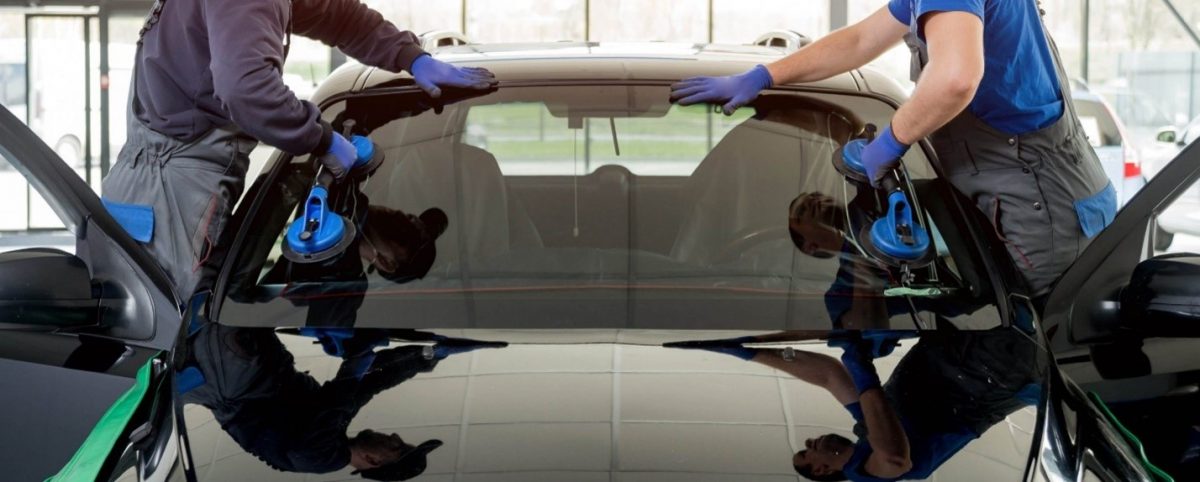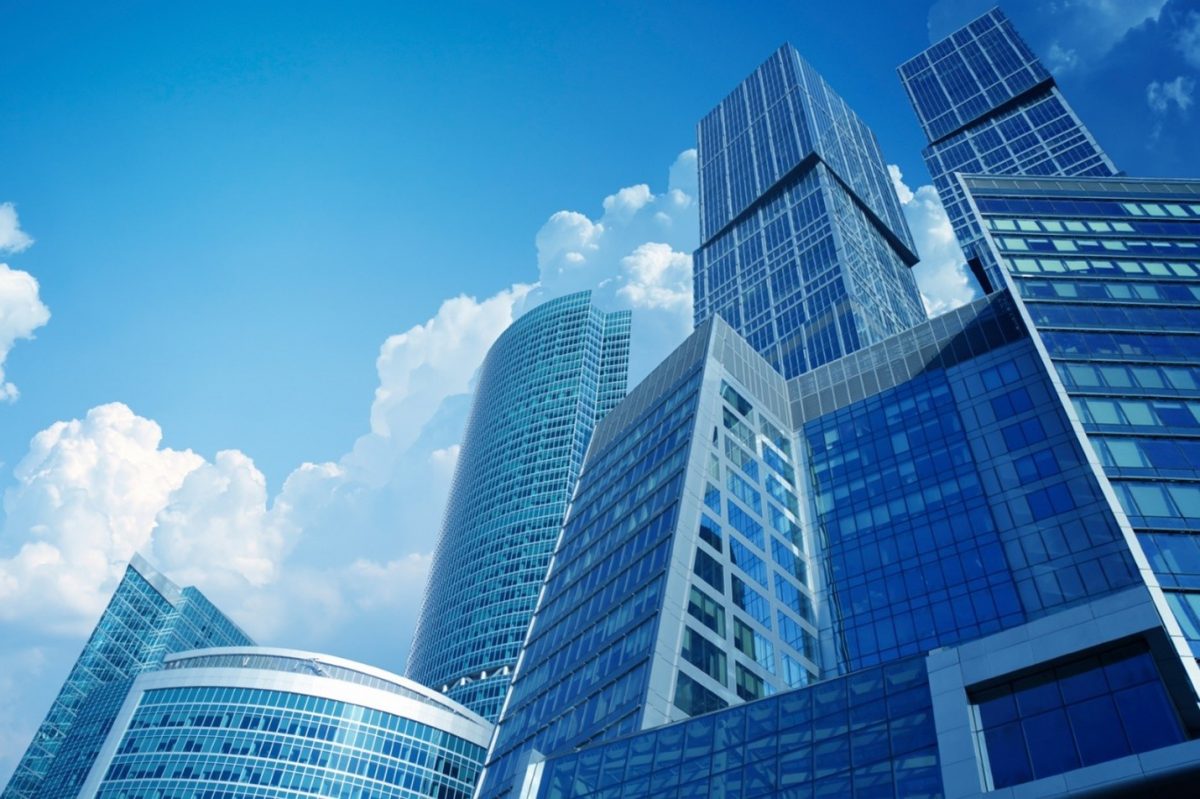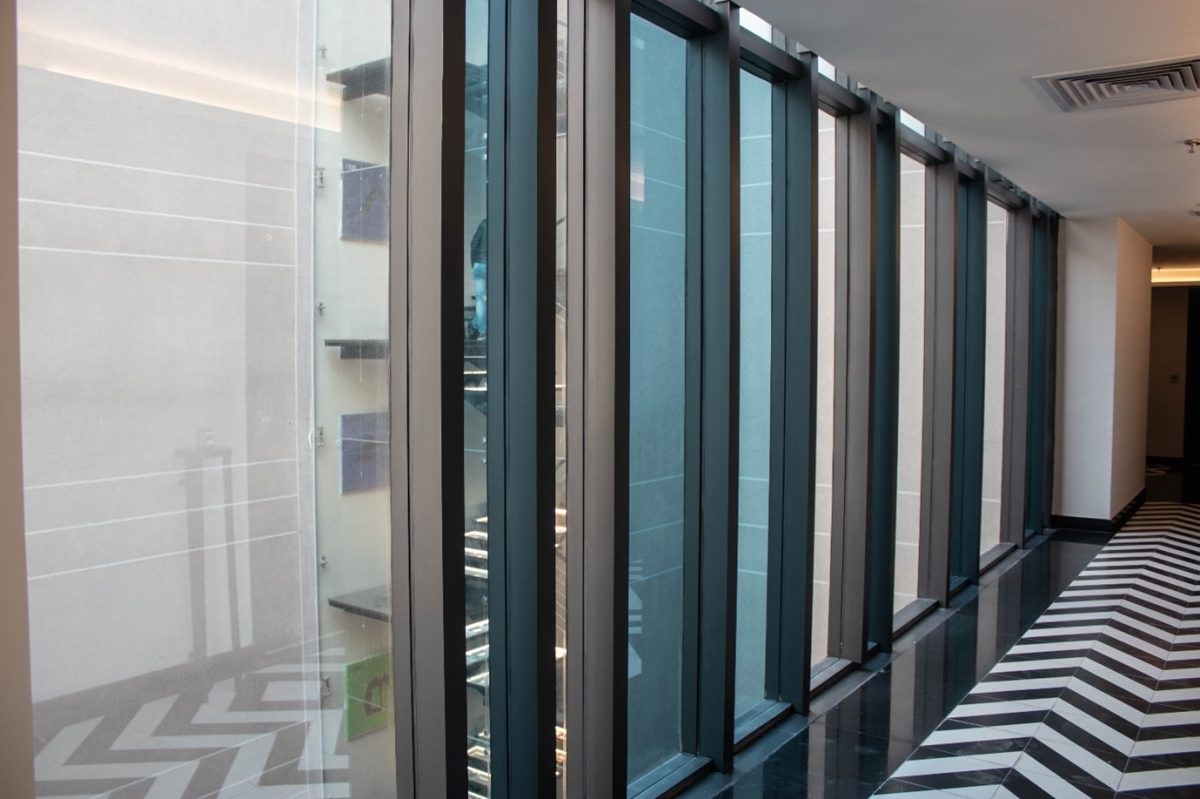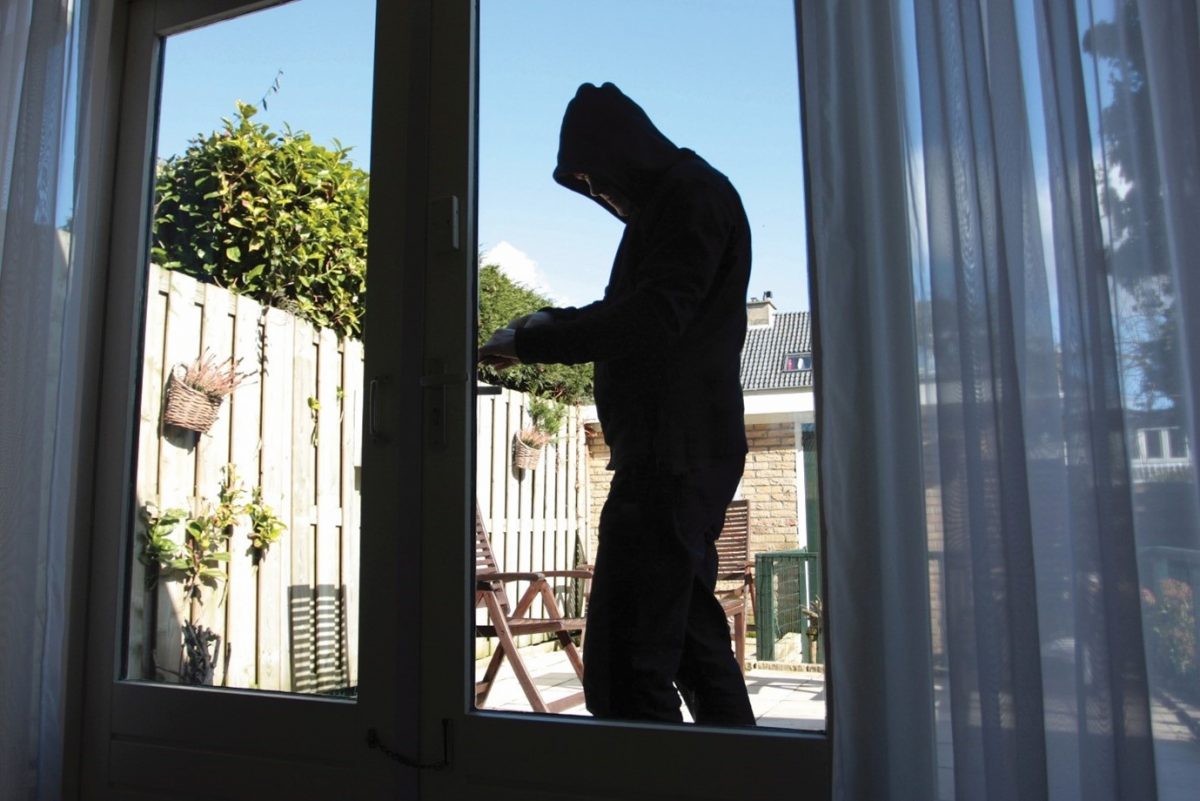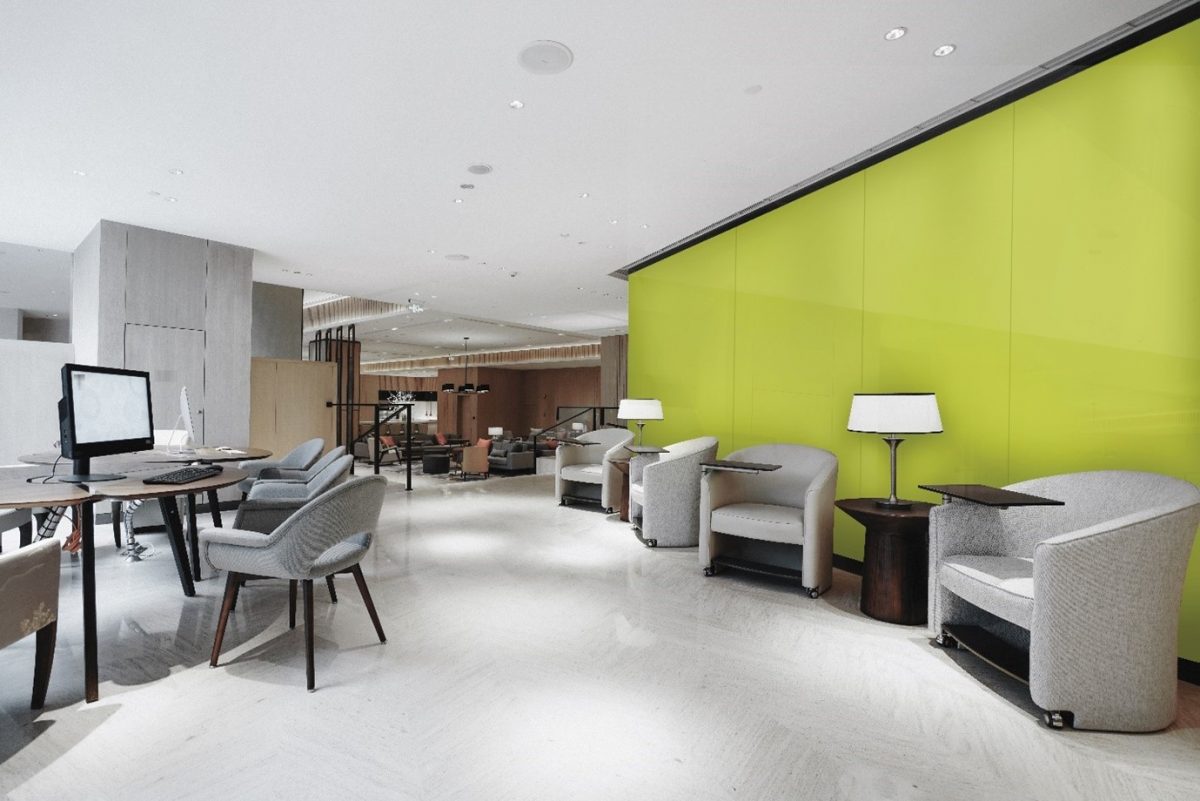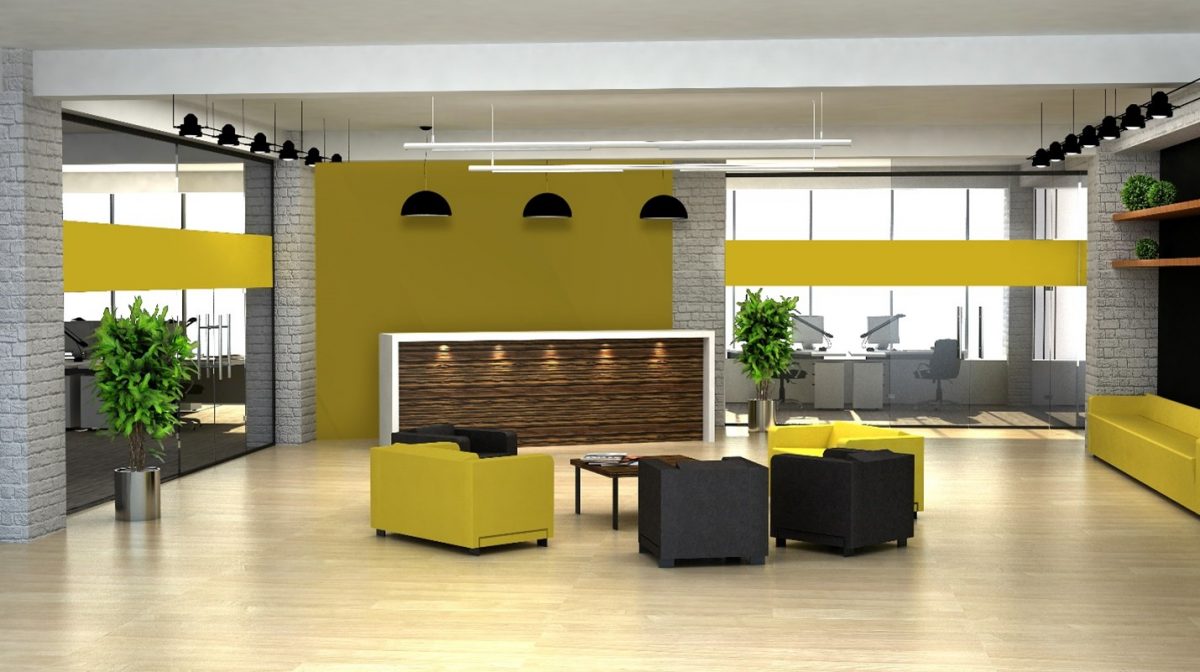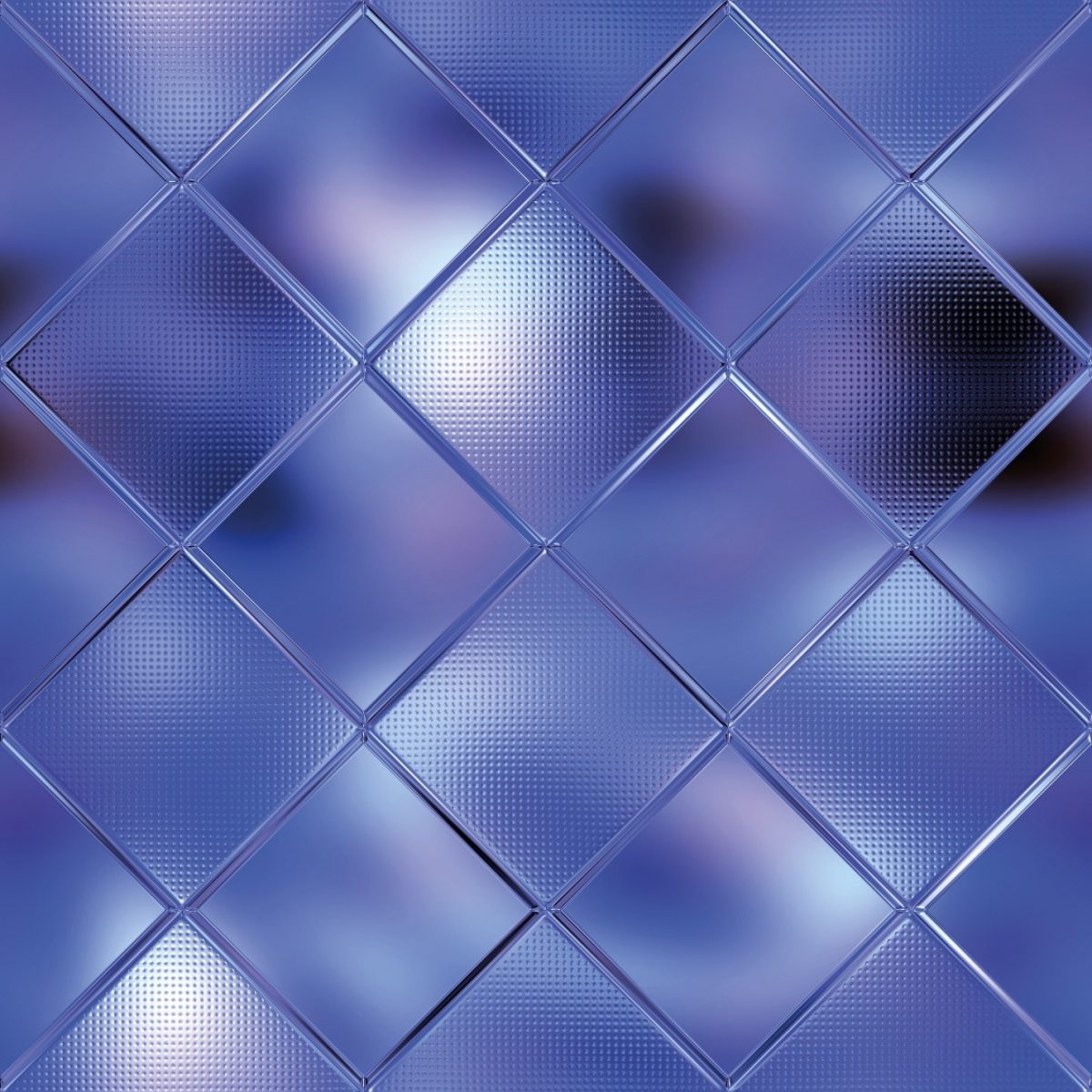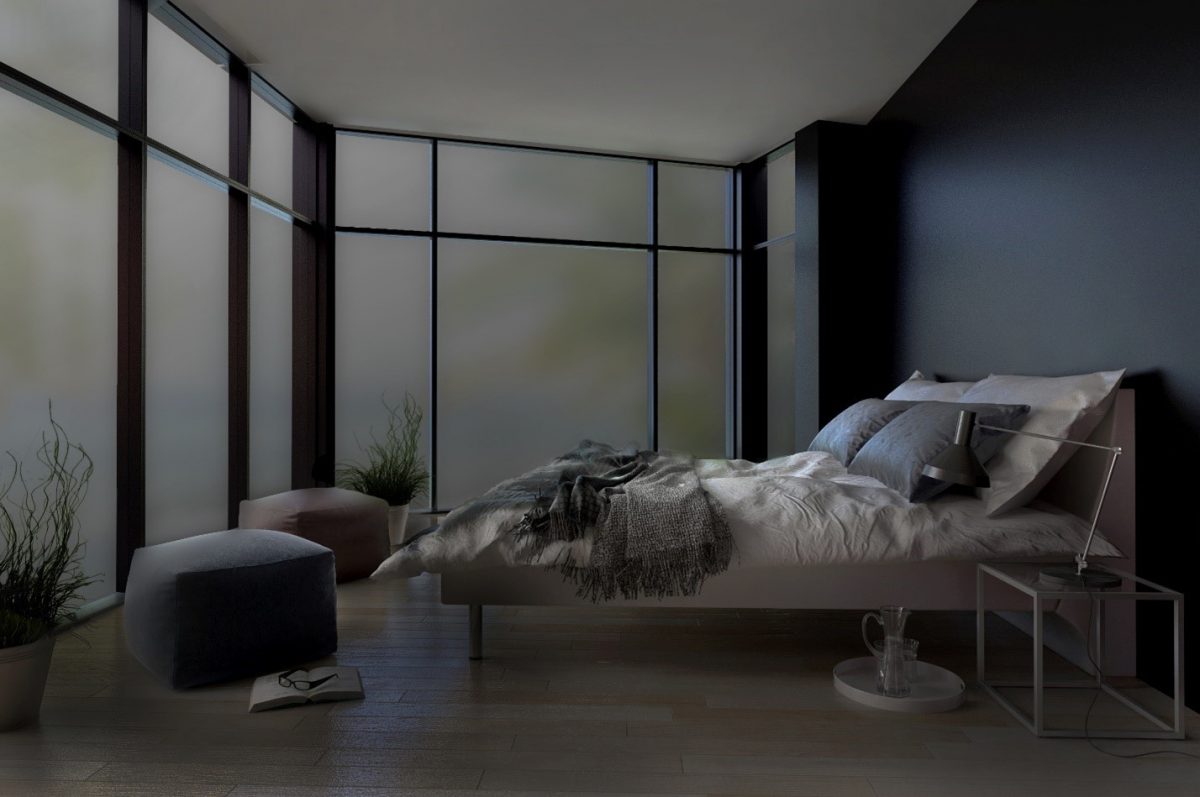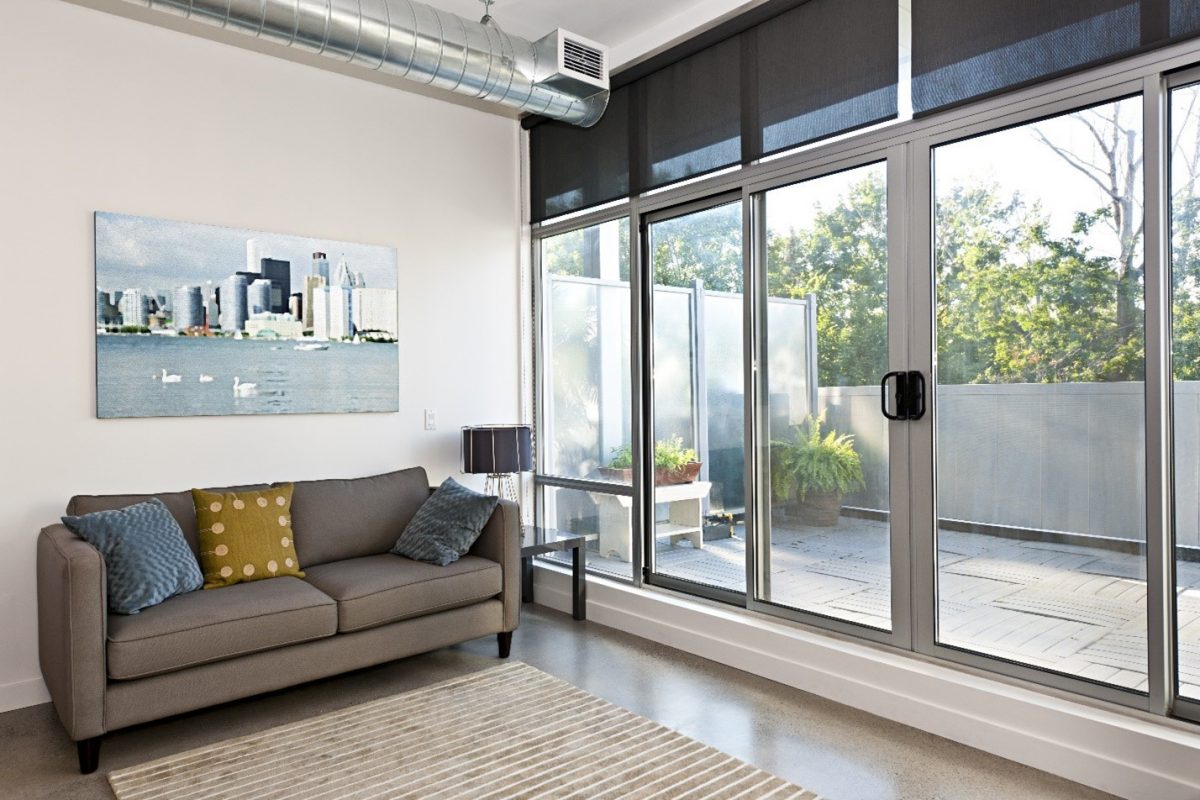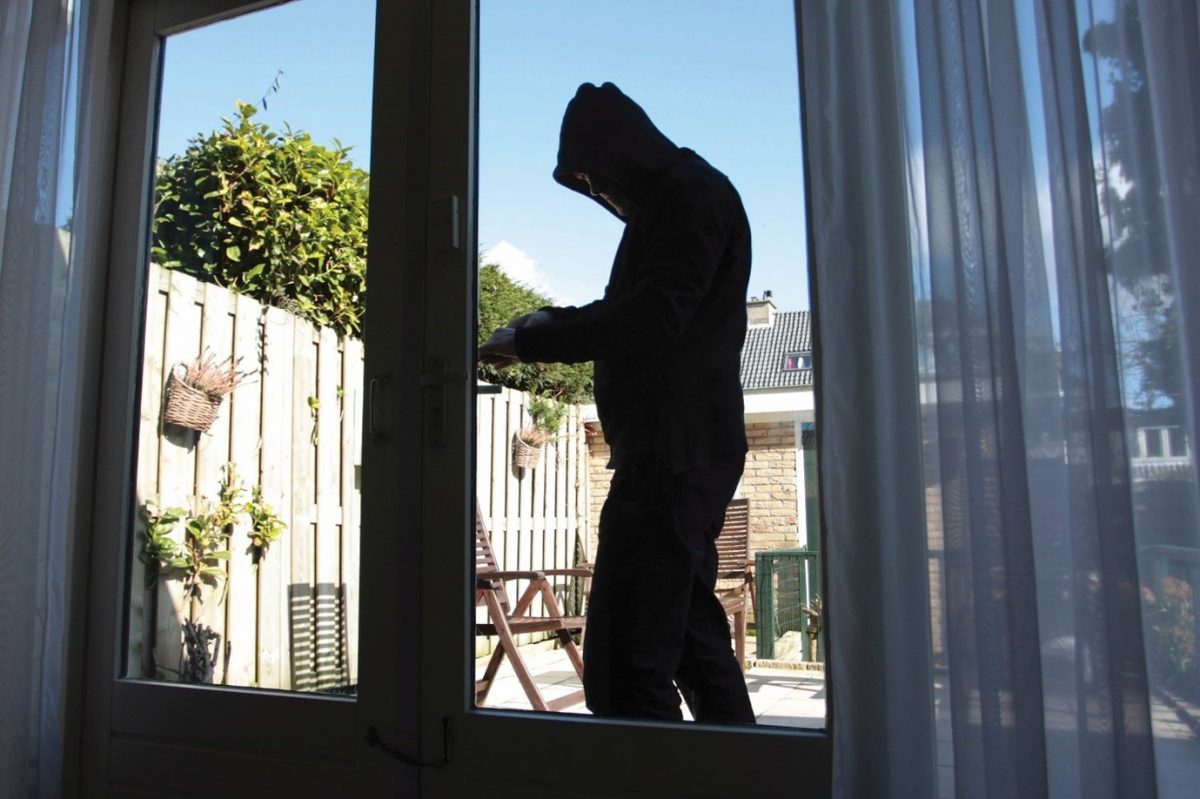Have you heard of switchable glass? It’s a game-changing technology that’s revolutionising the way we look at glass. Also known as smart glass, it’s transforming our experience with glass in ways we never thought possible. Here we will discuss what switchable glass is, how it works, its key benefits, and the numerous applications it is being used for.
Understanding of Switchable Glass?
Switchable glass has the remarkable ability to switch between transparent and translucent states. It looks like ordinary glass but has a special glazing or film coating on its surface. This coating allows it to change transparency when voltage is applied or when light or heat conditions change.
With the flip of a switch or change in conditions, clear glass can turn translucent, providing privacy while still allowing light to pass through. The transitions happen instantly, giving full control over the glass’s opacity.
How Does Switchable Glass Work?
Switchable glass is a type of glazing that can change its transparency or opacity through various activation methods:
Electric Current
By applying voltage to the glass, you can control its opacity and transparency. This feature can be manually operated with switches or remote controls.
Light Sensitivity
Certain kinds of switchable glass include photochromic materials that respond to the level of surrounding light. When exposed to bright light, the glass becomes translucent, allowing for shade and privacy. In other conditions, it becomes transparent.
Temperature Sensitivity
Thermo-chromic switchable glass reacts to temperature changes. It can help manage heat from sunlight by turning translucent when warm to block infrared rays.
The special glazing gives the glass its smart capabilities to shift states based on the activation conditions. This makes it adjustable, instantly responsive, and gives users dynamic control over privacy, light, and temperature.
Benefits of Switchable Glass
This innovative glass offers many practical benefits:
Adjustable Privacy
With the flip of a switch, translucent glass can change from foggy to clear, providing privacy when needed while still allowing light in.
Energy Efficiency
Through the regulation of sunlight and heat gain, this technology reduces the necessity for artificial lighting and cooling, resulting in sustainable energy conservation.
UV Ray Protection
Some special models are designed to protect furniture, artworks, and fabrics from harmful ultraviolet light. These models are commonly used in museums and galleries to keep precious items safe and intact.
Aesthetic Appeal
A lot of modern interior designs are going for a minimalist and sleek look. One popular way to achieve this is by having surfaces that can change from looking solid to see-through. It’s a cool feature that adds a modern touch to any space.
Enhanced Privacy
Sometimes, buildings or rooms have special glass that turns frosted when necessary to prevent people from seeing inside. This helps to maintain privacy and keep things confidential.
Durability and Ease of Maintenance
This glass type is strong and will last a long time. It’s hard to scratch and easy to clean.
Applications of Switchable Glass
Some prominent applications taking advantage of this technology include:
- Residential Homes – Windows, doors, shower enclosures
- Commercial Buildings – Partitions, conference rooms, office fronts
- Hospitals and Healthcare Facilities – Patient rooms, waiting areas
- Hotels and Hospitality – Bathroom privacy glass, room dividers
- Retail Spaces – Switchable display cases and storefronts
- Transportation – Auto sunroofs, windows, partitions
- Museums and Galleries – Display cases, windows filters, UV
The unique characteristics and wide utility of switchable glass are driving increased adoption across industries where adjustability, privacy, energy savings and aesthetics matter.
Conclusion
Switchable glass provides a smart way to control visibility, light, and temperature with the flick of a switch or change in conditions. With growing demand for adjustable privacy, energy efficiency and sleek designs, switchable glass is becoming the preferred choice in homes, offices, stores and vehicles.
AIS Glass provides switchable solutions with Swytchglass technology, allowing manual and automatic transitions between opaque and crystal clear states. Experience the future of glass today with AIS Glass.



